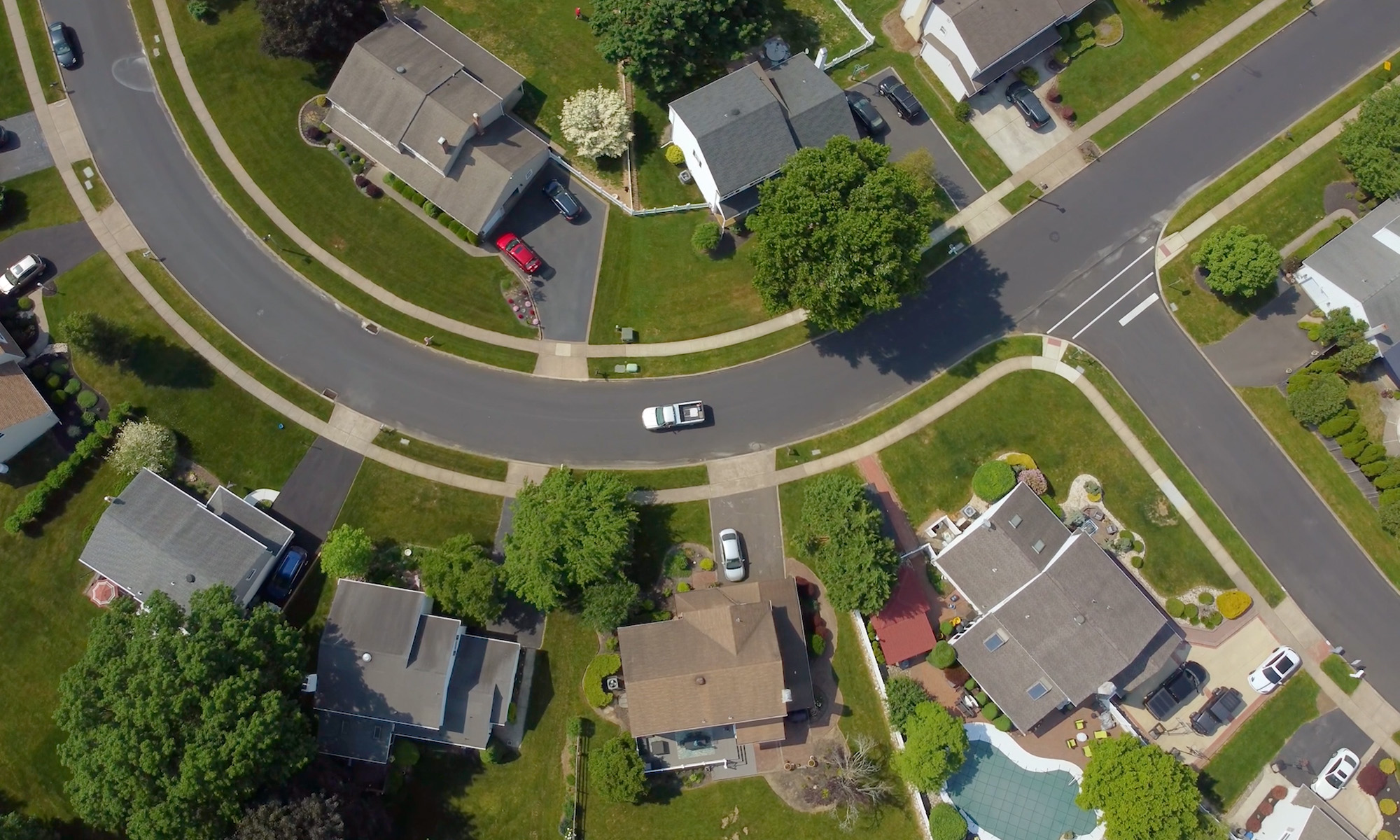If our latest economic downturn taught us anything, it’s that no two recessions are alike. Financial disruptions caused the 2008 – 2009 event. The slump of 2020 into early 2021 was short and sharp. This indicates that the recessions of 2008 – 2009 and 2020 – 2021 were two very different beasts.
A financial crisis ignited the first, with credit windows shuttering and causing defaults across sectors. Our most recent contraction was short, sharp, and focused on specific sectors directly affected by pandemic-related lockdowns. What’s noteworthy is that in the latest slump, financial institutions needed to apply a higher level of finesse and creativity in default management.
Financial institutions were already experiencing increased processing loads to support various relief programs announced by the U.S. government. And then many of their long-standing otherwise creditworthy customers were hit with unexpected job losses. Maintaining good relationships with these valuable customers while balancing the need to mitigate credit losses was, indeed, a delicate balancing act.
Here, three factors are key to mitigate losses and improve profitability: engage, manage, and maintain.
Engage the borrower.
Engagement during default starts with a strategy of customer outreach and being open to their individual difficulties. Let’s look at the case of Jenny and Charlie G. The characters are fictional yet typical of many customers facing default.
It starts with the bank calling to learn what’s going on in their lives that’s making these otherwise historically reliable customers miss a payment. Turns out that Jenny is a furloughed pilot and Charlie’s work as a real estate photographer dried up.

Their bank starts off on the right foot by making it easier for Jenny and Charlie to communicate with them via an omnichannel platform: advanced Interactive Voice Response (IVR) at the contact center, social media, in-app messaging and portals to open pathways to self-service.
With the dialogue channels opened, Jenny and Charlie are relieved to be able to express their situation to the bank, providing some peace of mind during a trying time. The bank, meanwhile, can count on being able to reach the couple with options for possible revised terms based on the information they receive from them — such as their assets, liabilities and credit reports.
Manage the default.
Jenny and Charlie had a great experience with their bank when they applied for their mortgage five years ago. A range of digital solutions helped them file paperwork and assess their creditworthiness while streamlining the underwriting process.
Fortunately, their bank was equally prepared to manage their default. The bank used advanced analytics to delve deeper into their customers’ situation. Robotic Process Automation (RPA) helped underwriters speed the process with alternatives for revised payment terms. The bank’s customer experience professionals were trained and provisioned to field their questions and assist in filing additional documents. All the while, automated workflow improved case allocation and queue management.
The bank has a greatly expanded its capacity to handle a massive volume of mortgage defaults; end-to-end digital streamlining can dramatically accelerate the resolution process. The borrowers get a faster response to their request for forbearance, making it easier for them to budget and plan.
Maintain business continuity.
The best outcome in a default situation is to satisfy both parties’ needs wherever possible. Lenders avoid substantial losses. Borrowers keep their homes.
Using digital tools throughout the process to engage and manage defaults, banks like Jenny and Charlie’s are better prepared to weather financial storms — whether they’re human made (2009) or a natural disruption (2020).

Remote and virtual engagement is becoming a standard feature of many banking relationships. It starts with digitally processing and preparation borrowers’ data to help guide underwriting terms that will work for both them and the financial institution.
Quickly processing resolutions and timely communications at all points throughout the process helps relieve borrower anxiety. Automating the documentation filing ensures end-to-end accuracy with minimal delay. Jenny and Charlie used a self-serve app to upload their files. Underwriters were able to determine their eligibility faster thanks to an underwriting process that’s equally as automated.
CX meets DX: A win-win for borrowers and lenders.
Even when times are good, providing superior customer experience (CX) is challenging enough. The bad times are the true test. Banks that prepare to retain more of their otherwise outstanding customers by helping them navigate to a safer harbor with revised payment terms build customer loyalty.
Approximately 3.6 million borrowers missed mortgage payments in April 2020, a 1.6 million monthly surge that was the biggest in U.S. history.[1] And it happened virtually overnight! Who knows what the future holds? Whether disruptions are triggered by markets or Mother Nature, financial institutions that fortify their default management digital capabilities will be prepared to weather the storm.

Oh, and what became of our Jenny and Charlie?
Thanks to the open dialogue between them and their financial institution, their lender estimated that Jenny’s furlough as a pilot was temporary. Meanwhile, advanced analytics predicted an easing of restrictions and a sharp upturn in the New York Metro home sales market covering Charlie’s real estate photography business in early 2021. Based on that predictive data, the bank confidently restructured Jenny and Charlie’s mortgage with more manageable payment terms over a limited 12-month span. For their bank, it was one more costly foreclosure avoided — and they can count on a thankful Jenny and Charlie as loyal customers for years to come.
The takeaway: Loss mitigation goes hand-in-hand with managing the nuances of borrower engagement, the default resolution process and maintaining business continuity in the days, months and years ahead. Effectively executing this kind of long-term risk management depends on human expertise, finesse and understanding how to team with digital solutions every step of the way.





